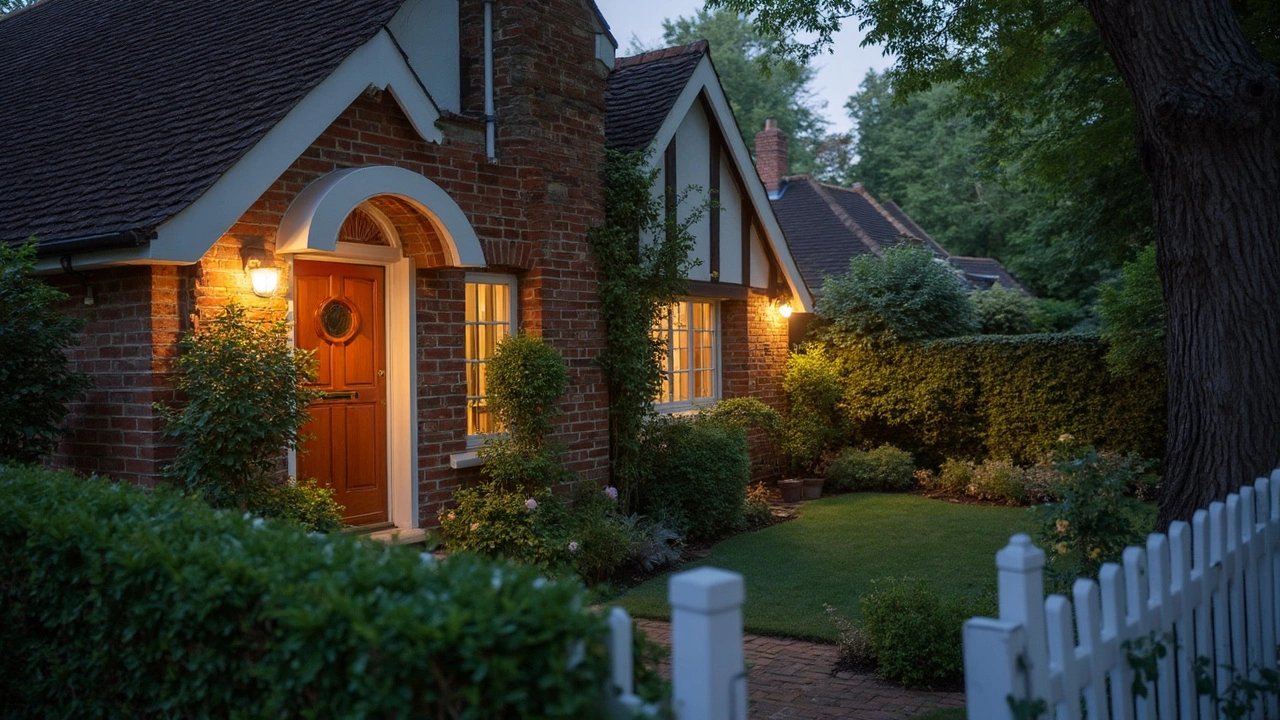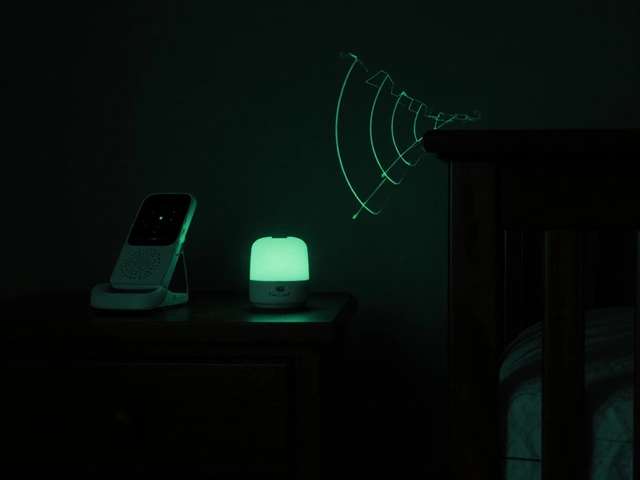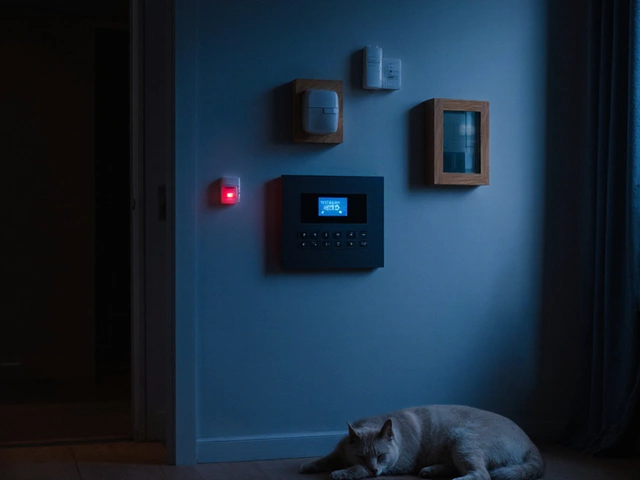Secure House: Simple Ways to Keep Your Home Safe
Feeling unsure about the best way to protect your house? You’re not alone. Most people worry about break‑ins, fire alarms and wireless glitches. The good news is that today’s tech makes it easy to lock down every entry point without turning your home into a fortress.
Smart Doorbells and Video Entry Systems
First stop: the front door. A smart doorbell lets you see who’s there from your phone, even when you’re not home. If you’re in the UK, you’ll need to decide between a wired model or a battery‑powered one. Wired units give reliable power but need a transformer, while battery models are quick to install and can run for months if you choose a high‑capacity pack. Either way, make sure the device works with your existing chime and supports 240 V at 16 VA or lower.
Don’t forget Wi‑Fi. Most video doorbells need a stable network, otherwise you’ll get grainy footage or missed alerts. Use a dedicated 2.4 GHz router close to the entry point and back up the connection with a mobile hotspot if your internet drops often. This simple step keeps the doorbell running even during an outage.
Choosing Cameras, Motion Sensors & Alarm Plans
Next up are cameras. When picking a home security camera in 2025, look for night vision, weather‑proof housing and local storage options. Indoor models with PIR (passive infrared) sensors are great for detecting people, while outdoor units often combine PIR with microwave tech to cut false alarms from animals or moving branches.
Motion sensors are the silent guard behind the scenes. Dual‑tech sensors that blend PIR and microwave give you the best mix of accuracy and range. Place them near doors, windows and dark corners. Test the detection range in daylight and at night – you’ll notice a big difference in performance.
Finally, think about the alarm service. Many users assume they need a phone line, but modern systems work over cellular or IP networks. If you choose a wireless alarm, check the monthly cost, contract length and what monitoring is included. Some providers bundle video storage, while others charge extra for each camera.
When you combine a smart doorbell, a couple of well‑placed cameras, reliable motion sensors and a monitored alarm, you’ve built a layered defence that’s hard for burglars to beat. The key is to keep every component connected, powered and regularly tested.
Quick checklist:
- Install a wired or battery doorbell that talks to your phone.
- Secure Wi‑Fi with a 2.4 GHz band and a backup hotspot.
- Choose cameras with night vision and local storage.
- Use dual‑tech motion sensors near all entry points.
- Select an alarm plan that includes 24/7 monitoring.
Following these steps means you can relax at night, knowing your house is watching itself. No fancy jargon, just practical tools that work for everyday life in the UK.



